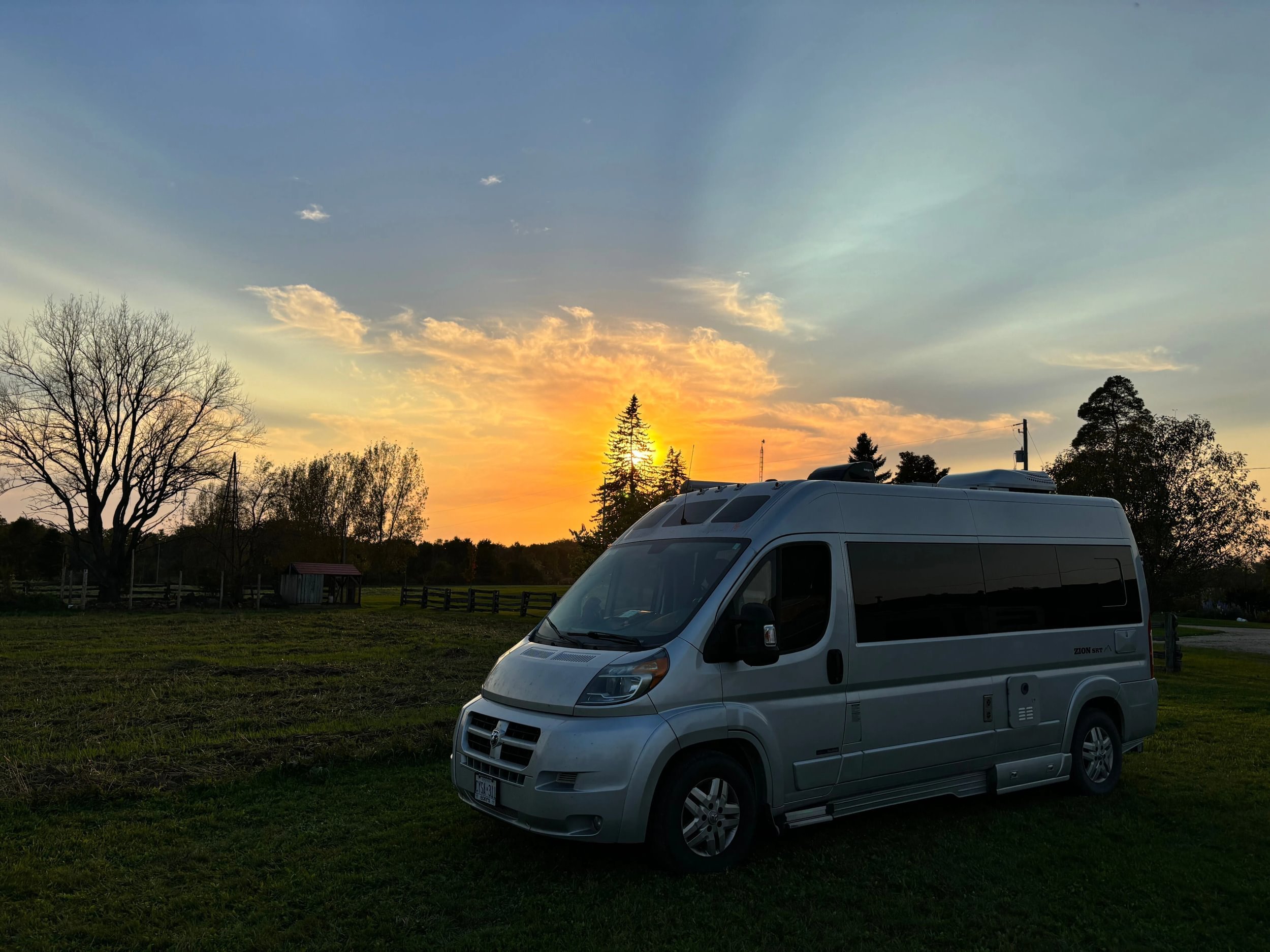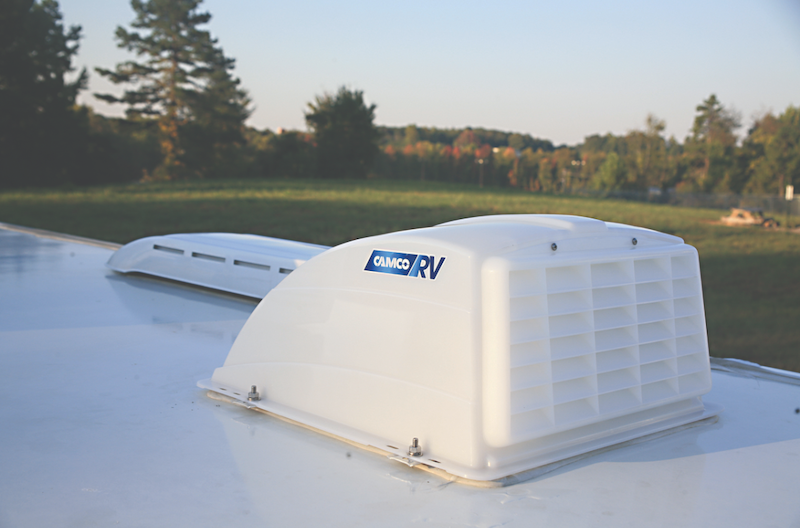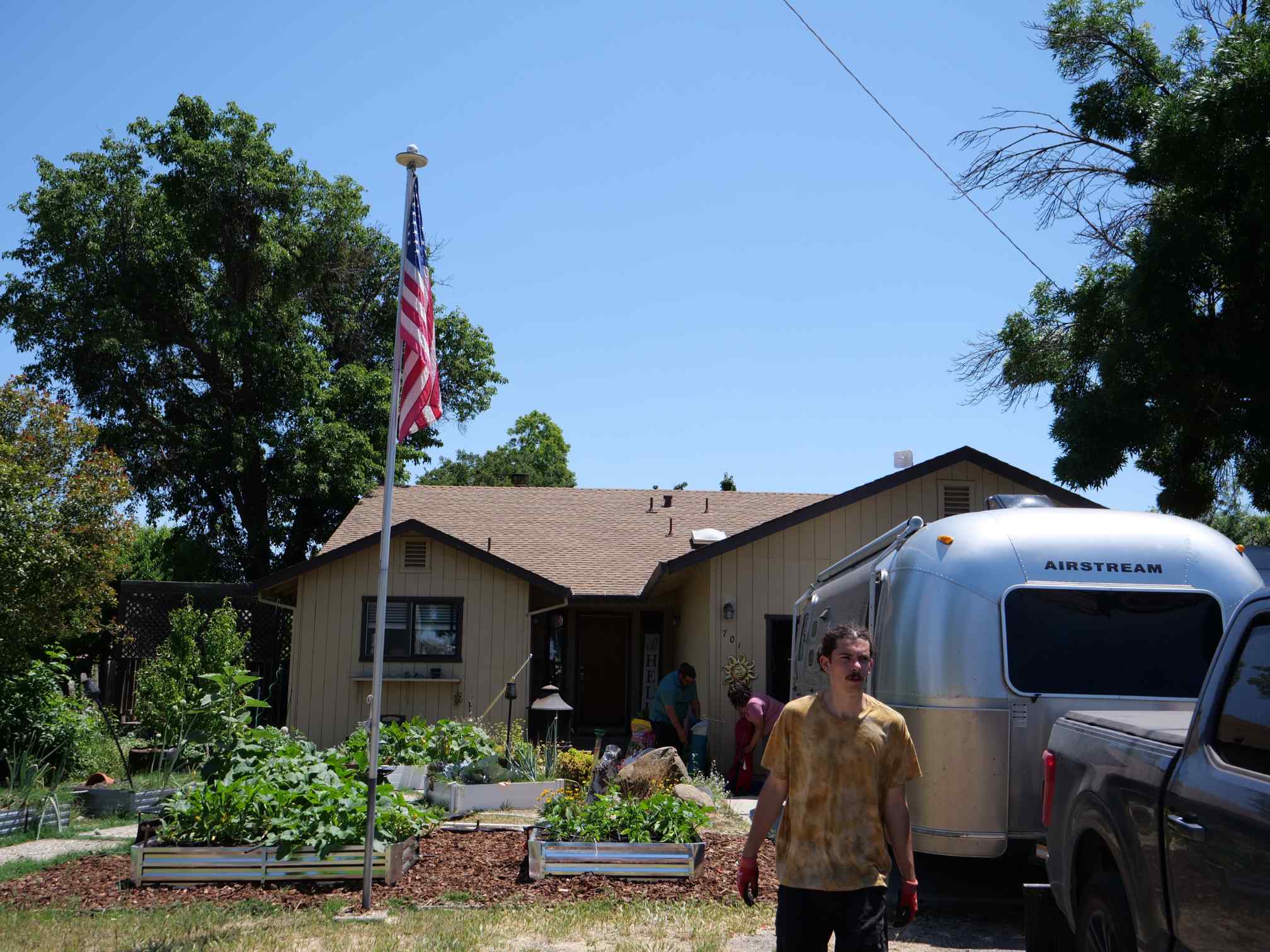Guide to Prepping for Your First Dry Camping Trip
Planning your first dry camping trip can seem like an insurmountable task. However, going completely off-grid on a dry camping trip in your RV is a fantastic way to reconnect with nature.
The key is knowing how to do so in a way that’s fun, comfortable, and safe.
If you’ve never spent a night in your RV away from reliable hookups, worry not, we’re here to help. Up next, we’ll discuss the ins and outs of prepping for your first dry camping trip so you can make the most of your adventure.
What Is Dry Camping?
Simply put, dry camping is any type of adventure where you camp away from any hookups. This could be at a campground without hookups, in a dispersed camping location, or anywhere you might find yourself spending the night in the great outdoors.
By its very nature, boondocking is a type of dry camping. Since most places where you’d boondock don’t have reliable running water, bathrooms, or any other amenities, we can classify most of them as dry campsites.
Why Go Dry Camping?
Purposefully seeking out campsites where you don’t have access to amenities like running water might seem a bit odd. But, there are a whole host of benefits that come with dry camping in your RV, such as:
- Affordability – Campsites with full hook-ups tend to be pricey, with some sites charging upwards of $100 a night! When dry camping you can save a bunch of money each year, all while still getting a chance to live life on the open road.
- Increased Solitude – Going dry camping means you’re getting off the beaten path. As a result, you can often experience some of the world’s most amazing places, all without the crowds that you find at most campgrounds.
- Sense of Self-Sufficiency – Being able to live off the grid is an art that takes a whole lot of skill. So, going dry camping and becoming self-sufficient in your outdoor living skills is something that you ought to be proud of.
4 Tips For Dry Camping In Your RV
While dry camping can be an awesome way to get outside, it’s not without its challenges. So, here are some of our top tips for dry camping and boondocking in your RV:
1. Plan Ahead and Be Prepared
As with any outdoor activity, a successful dry camping trip requires a whole lot of preparation to ensure that everything goes off without a hitch.
From ensuring you pack everything on your camping checklist to looking up directions to your campsite for the night, preparedness goes a long way when dry camping. For boondocking without water, you’ll also want to think long and hard about how much water you actually need for your trip.
Most folks will find that they need anywhere from 1 to 5 gallons of water per person per day. Of course, that’s quite a large range because your personal water needs will vary based on your unique daily habits.
So, we recommend being very conservative with your water estimates on your first few dry camping trips. As you gain more experience with dry camping, you’ll be able to scale your water needs based on your actual water consumption.
2. Learn The Art Of Conservation
Dry camping is all about being conservative with your water and electric use. While you may not think twice about leaving the tap running while you scrub dishes at home, doing the same thing while boondocking could lead to trouble down the line.
Therefore, before you head out on your first dry camping trip, think of some things you can do to cut down on your daily water use. This could mean taking 2-minute showers, using a wash bucket for doing the dishes, and doing laundry by hand instead of in a machine (if your RV is lucky enough to have one).
Essentially, anything you can do to minimize your water use will pay dividends as you start to head out on longer dry camping trips.
3. Consider Your Gray Tank
When planning a dry camping trip, most folks focus a lot on how much water they need to bring. However, it’s important to consider not only how much water you’ll use but what you’ll do with all your gray water when you’re away from hookups for an extended period of time.
In reality, your RV’s gray water capacity is limited. As a result, finding ways to reduce the amount of gray water that you produce is important.
Being conservative with your water use, like we’ve already mentioned, will help you cut down on the amount of gray water you produce. But, doing other things, like washing your dishes outside with biodegradable soap or taking a solar shower, can also keep your gray tank from filling up during your trip.
4. Have A Back-Up Plan
Finally, don’t forget to have a back-up plan whenever you go dry camping.
While dry camping is fun, we should always remember that water is essential for life. So finding yourself in a situation where you don’t have access to water can be uncomfortable, if not downright dangerous.
Therefore, you should always consider what would happen if you run out of water on your trip.
Do a bit of research before you leave home about where you might get water and other supplies if you run out. If you’re in a remote place, you may have to rely on natural water sources, like lakes and streams. In these situations, knowing how to boil water while camping or having a hand-pump water filter on hand to kill off pathogens could make a huge difference.
Best of luck on your next dry camping adventure!
Learn More About Boondockers Welcome
We promise not to spam you!








When considering top-ranking medical universities , Osh University stands out, thanks to its inclusion in the Kyrgyz State Medical Academy world ranking, which highlights its dedication to providing quality education.
Excellent contenu ! Très instructif et bien documenté. Pour les amateurs de paris sur le football en Afrique https://melbet-cote-divoire.com/connexion/, nous proposons des guides et des conseils sur notre site. Visitez-nous et abonnez-vous pour ne rien manquer de nos dernières actualités.